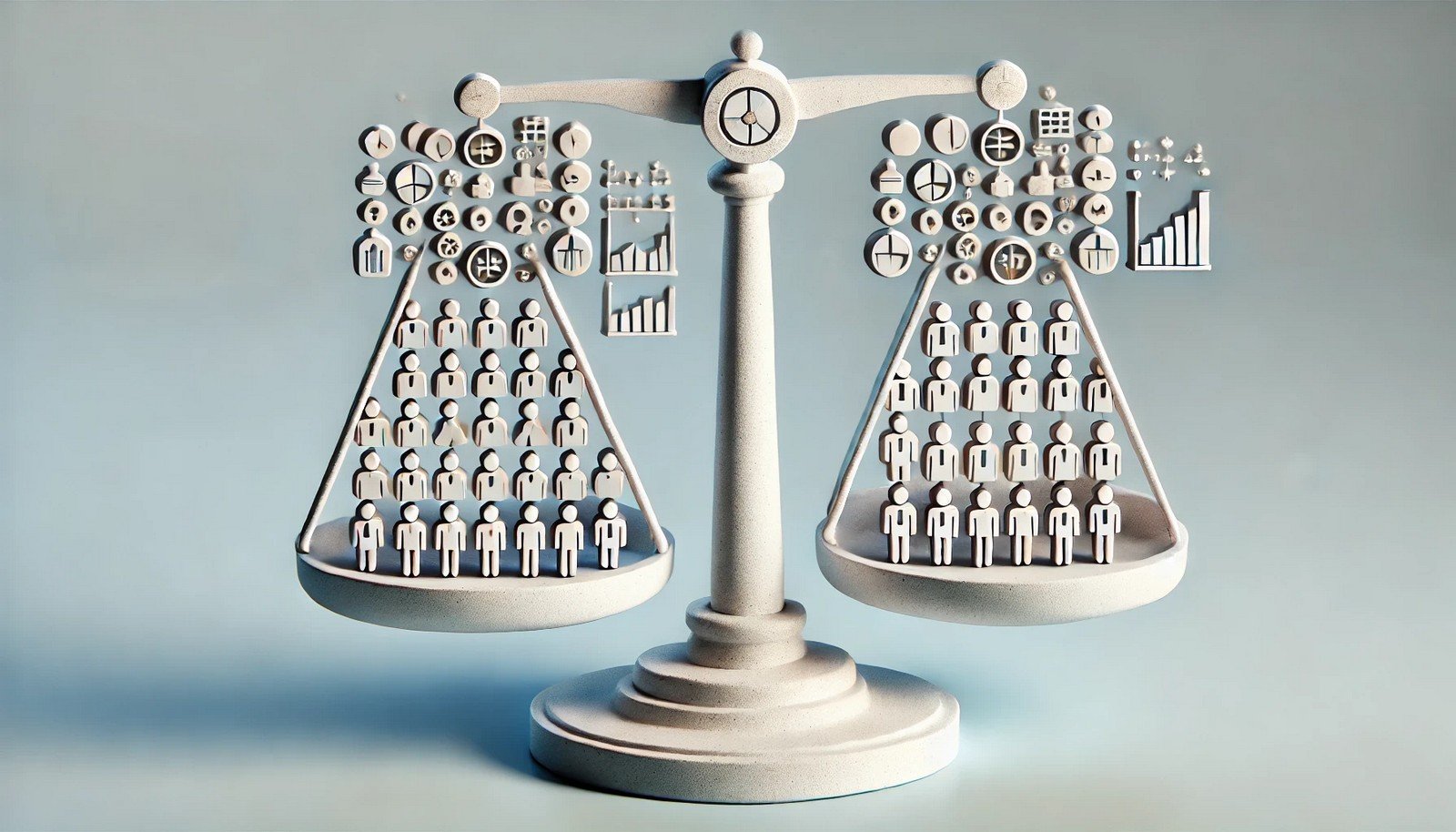Class Imbalance Correction

Quick Navigation:
- Class Imbalance Correction Definition
- Class Imbalance Correction Explained Easy
- Class Imbalance Correction Origin
- Class Imbalance Correction Etymology
- Class Imbalance Correction Usage Trends
- Class Imbalance Correction Usage
- Class Imbalance Correction Examples in Context
- Class Imbalance Correction FAQ
- Class Imbalance Correction Related Words
Class Imbalance Correction Definition
Class Imbalance Correction refers to techniques used in machine learning to address situations where classes within a dataset are not equally represented. When a dataset has a class imbalance, the algorithm tends to favor the more common (majority) class, leading to poor predictive accuracy on the less common (minority) classes. Techniques such as resampling, synthetic data generation, and cost-sensitive learning are used to improve model performance on imbalanced data by balancing class distributions during training.
Class Imbalance Correction Explained Easy
Imagine you’re at a party with lots of adults and only a few kids. If a game is organized, there might be more games that are fun for adults and not much for the kids, so they might feel left out. In machine learning, Class Imbalance Correction is like planning games for both groups, making sure everyone gets a turn and has fun.
Class Imbalance Correction Origin
Class Imbalance Correction emerged with the rise of machine learning applications in fields like fraud detection and medical diagnosis, where certain classes, like fraud cases or rare diseases, are less frequent but crucial to detect accurately. The need to handle imbalanced classes became evident as models performed poorly on these critical but underrepresented classes, sparking research into correction methods.
Class Imbalance Correction Etymology
The term “Class Imbalance Correction” derives from “class imbalance,” indicating unequal representation of classes, and “correction,” which denotes efforts to adjust this imbalance for improved model performance.
Class Imbalance Correction Usage Trends
Class Imbalance Correction has gained significant traction in AI research and applications, especially in fields that require high accuracy on rare but critical classes. Domains like healthcare, finance, and criminal justice extensively employ these techniques to ensure that models do not overlook underrepresented instances, which could have significant real-world impacts.
Class Imbalance Correction Usage
- Formal/Technical Tagging:
- Machine Learning
- Data Preprocessing
- Algorithm Optimization - Typical Collocations:
- "class imbalance in machine learning"
- "handling minority class"
- "resampling techniques"
- "synthetic data generation for class imbalance"
Class Imbalance Correction Examples in Context
- In fraud detection, class imbalance correction helps models identify rare fraudulent transactions among a large number of legitimate ones.
- Medical diagnosis applications use class imbalance correction to improve detection rates of rare diseases, ensuring that rare cases are not overlooked.
- In speech recognition, class imbalance correction can improve recognition accuracy for dialects or languages that have fewer examples in the training dataset.
Class Imbalance Correction FAQ
- What is class imbalance correction?
Class imbalance correction includes techniques to handle uneven data distributions in machine learning. - Why is class imbalance correction important?
It prevents the model from biasing towards more frequent classes, improving accuracy for all classes. - How does class imbalance affect machine learning models?
Models may overfit to the majority class, leading to low accuracy on minority classes. - What techniques are used for class imbalance correction?
Common techniques include oversampling, undersampling, SMOTE, and cost-sensitive learning. - Can class imbalance correction improve model performance?
Yes, by balancing class representation, it enhances prediction accuracy on minority classes. - What is SMOTE in class imbalance correction?
SMOTE (Synthetic Minority Over-sampling Technique) generates synthetic samples to boost minority class representation. - What fields benefit most from class imbalance correction?
Fields like fraud detection, medical diagnosis, and criminal justice benefit greatly from these techniques. - Is undersampling or oversampling better for class imbalance correction?
It depends; undersampling is faster but may discard useful data, while oversampling increases data size. - Can imbalance correction lead to overfitting?
Yes, especially if oversampling is used excessively, leading the model to memorize minority class instances. - How does class imbalance affect evaluation metrics?
Metrics like accuracy can be misleading; F1-score and AUC-ROC are more reliable for imbalanced data.
Class Imbalance Correction Related Words
- Categories/Topics:
- Machine Learning
- Data Preprocessing
- Model Optimization
Did you know?
Class imbalance correction has become essential in AI-driven healthcare, as rare diseases are typically underrepresented in datasets. By applying correction techniques, models can improve early diagnosis rates for rare conditions, enhancing patient outcomes.
PicDictionary.com is an online dictionary in pictures. If you have questions or suggestions, please reach out to us on WhatsApp or Twitter.Authors | Arjun Vishnu | @ArjunAndVishnu

I am Vishnu. I like AI, Linux, Single Board Computers, and Cloud Computing. I create the web & video content, and I also write for popular websites.
My younger brother, Arjun handles image & video editing. Together, we run a YouTube Channel that's focused on reviewing gadgets and explaining technology.



Comments powered by CComment